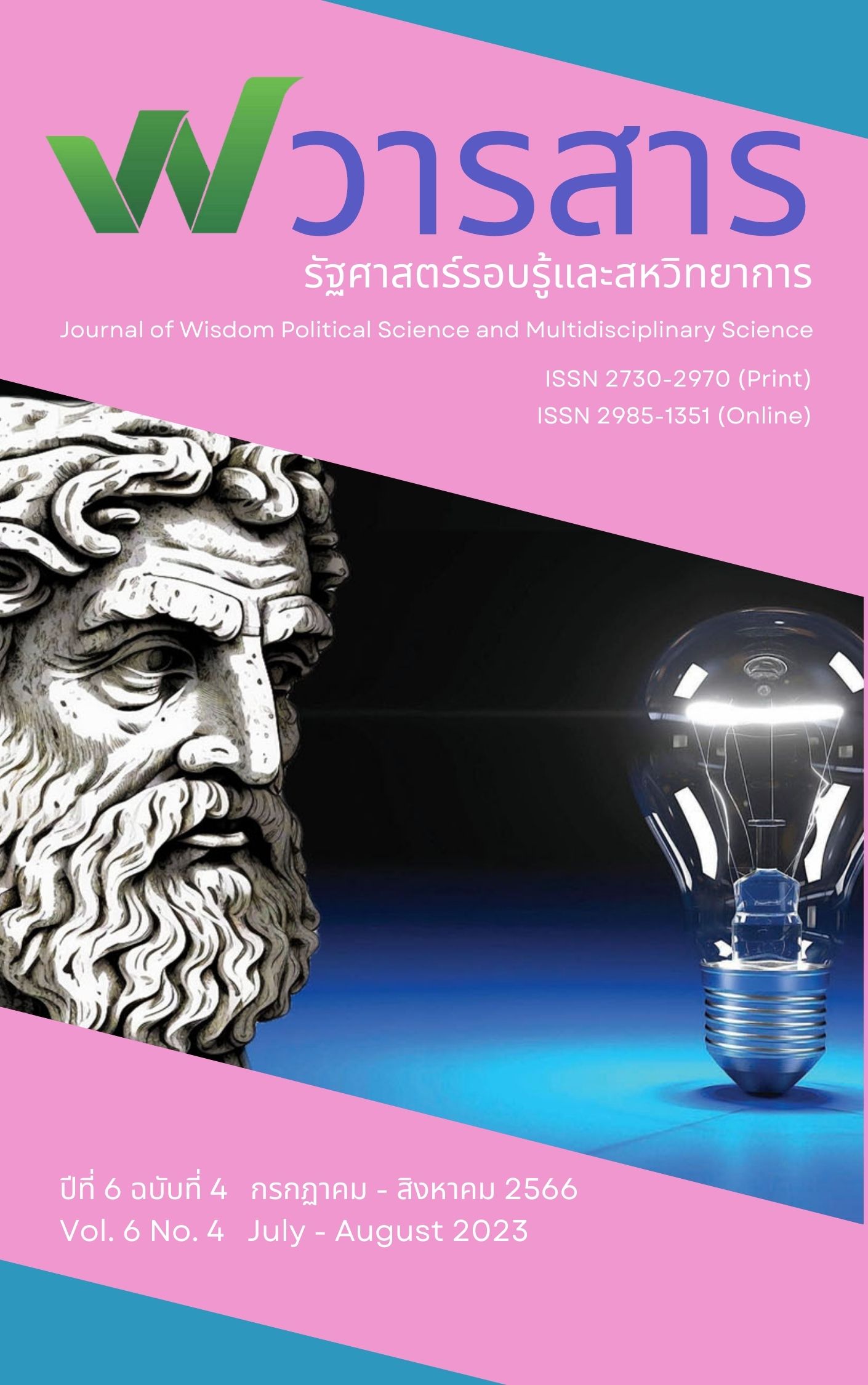FEASIBILITY STUDY FOR THE USE OF STEAM EDUCATION IN CHINA’S EDUCATION REFORM
คำสำคัญ:
STEAM education, high school biology, the second classroom, Town High Schoolบทคัดย่อ
This research aims to analyze the use of STEAM (Science, Technology, Engineering, Arts, Mathematics) education and the principles of the second classroom in less developed regions, focusing on educators. The research objectives were: 1) To investigate and analyze the current understanding and implementation of STEAM education and the second classroom among educators, particularly in more backward areas, and identify the challenges and gaps in their theoretical and practical experience. 2) To explore students thoroughly and understand the current learning and teaching state in the context of bioscience education in STEAM Education. 3) To explore and develop practical teaching activities and interdisciplinary research cases that incorporate STEAM education and second classroom principles in high school biology education, to provide first-line teachers with practical examples and other researchers with case studies for further investigation, and 4) To examine the impact of integrating STEAM education concepts and second classroom activities on the professional development of teachers and the holistic growth of students, focusing on transforming teaching and learning styles and addressing the limitations of traditional teaching methods in promoting integrated student capabilities.
The population is students in secondary schools in Shenzhen, China. The sample size was 323 students, selected by simple random sampling in 4 majors: Science, Technology, Engineering, Arts, and Mathematics.
The research result shows that 1) students in second-classroom activities can effectively complement conventional teaching methods, which often need more nurturing all-around abilities in students. 2) Teacher surveys and interviews conducted in a secondary school require a more profound comprehension of STEAM education's philosophy, even though there is a general agreement on its prospective advantage in classroom teaching. Furthermore, most students (74.04% and 85.1%) express a wish and requirement for more practical and experiential learning opportunities via second-class biology activities. 3) Feasibility studies, including environmental scans of the school and textbook content analyses, confirm the possibility of executing second classroom activities that align with STEAM education ideals in the selected school. 4) The integration of STEAM education in the study reveals that students exhibit more interest and positive attitudes towards the second classroom, with an increased interest rate of 81.5%. Teachers are encouraged to utilize the second classroom to support traditional classroom teaching. The research concludes that the fusion of STEAM education concepts into second-classroom activities can positively influence high school biology teaching, encourage teacher professional growth, and stimulate comprehensive student development.






